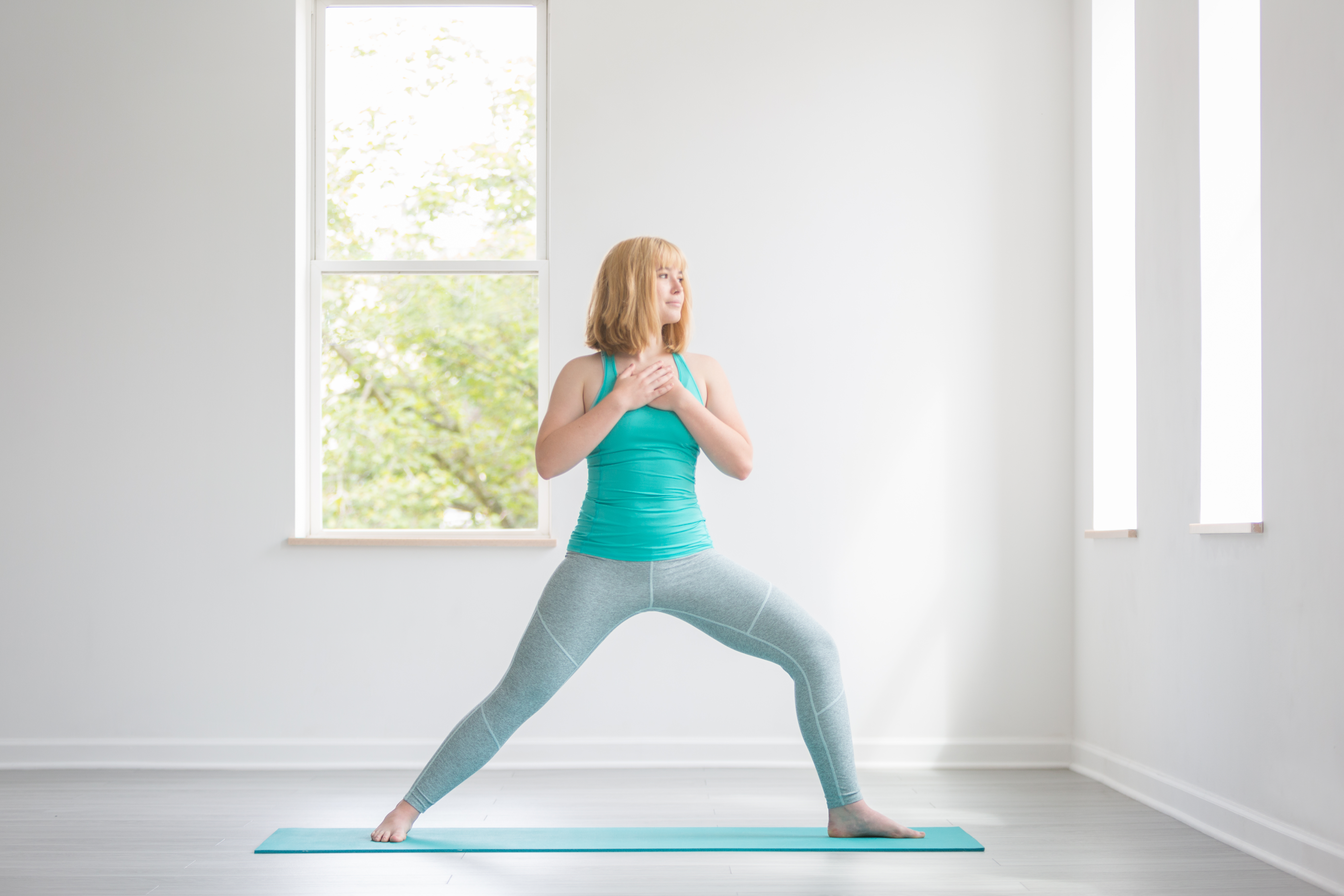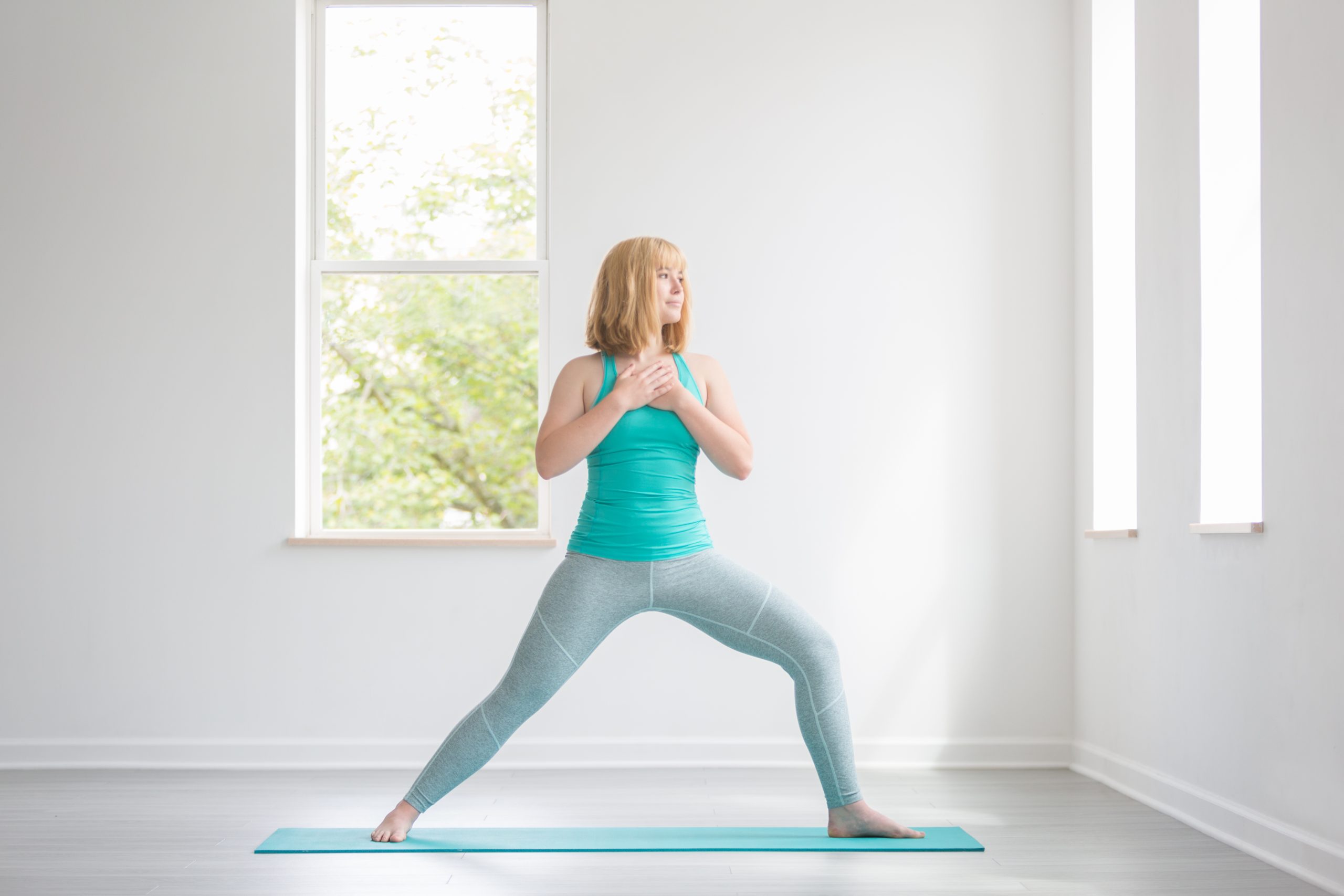
After extensive studies and many years of scientific inquiry, it has become evident how extraordinary yoga is for healing the body and fostering mental and emotional health and wellness. If you’re unfamiliar with or intrigued by this practice, you might be asking yourself, “What precisely makes yoga beneficial? And why should I think about adopting these techniques?” Discovering a reason to engage in practice is essential. It can serve as a significant initial step towards committing to your well-being and embarking on a path of inner transformation.
Why Yoga Is So Beneficial: A Mind-Body Exploration
Yoga is a time-honored discipline that began in India over 5,000 years ago. It transcends mere stretching or exercise—yoga embodies a comprehensive mind-body practice that encompasses physical movements (asana), breath regulation (pranayama), meditation (dhyana), and ethical principles for a healthy lifestyle. Over the years, modern science has aligned with ancient wisdom, validating that consistent yoga practice can yield significant benefits for both body and mind.
Here’s a look at the advantages of yoga and the reasons it may be beneficial to weave into your daily routine:
1. Enhanced Physical Health
At its essence, yoga presents a comprehensive workout that focuses on balance, strength, endurance, and flexibility. Yet, in addition to these apparent benefits, regular yoga practice offers numerous internal health improvements:
– Cardiovascular Health: Research indicates that yoga reduces blood pressure, lowers cholesterol levels, and enhances circulation. Certain styles like vinyasa or power yoga also provide aerobic advantages.
– Pain Management: Yoga is often suggested for alleviating chronic pain associated with issues like arthritis, lower back discomfort, and fibromyalgia. Gentle stretching and strengthening work to decrease inflammation and boost mobility.
– Immune Enhancement: Yoga may bolster the immune system by lowering stress hormones and activating the lymphatic system, aiding detoxification and combating infection.
– Improved Sleep: Engaging in yoga enhances sleep quality by promoting melatonin production and soothing the nervous system prior to sleep.
2. Mental and Emotional Health
In our rapidly changing world, where mental health challenges are becoming increasingly prevalent, yoga offers a refuge for the mind:
– Diminished Anxiety and Depression: Yoga and meditation can reduce cortisol levels (the stress hormone), stabilize mood-related neurotransmitters, and nurture a sense of tranquility and fulfillment.
– Enhanced Mindfulness: Breath awareness and intentional movement condition your mind to remain present, linking to reduced overthinking and greater emotional resilience.
– Emotional Insight: Yoga promotes self-reflection, allowing you to face and process unresolved emotions. Regular practice affords emotional release and a refreshed sense of equilibrium.
3. Cognitive Benefits and Concentration
Yoga not only relaxes the mind but also sharpens it:
– Better Focus: Meditation, a fundamental aspect of yoga, has been proven to increase gray matter density in the brain, enhancing memory, decision-making, and concentration.
– Clarity and Self-Insight: By connecting with your breath and bodily sensations, yoga assists in quieting mental chatter and increasing self-awareness, furthering personal growth and reflection.
4. Strengthened Connections: To Yourself and Others
Yoga fosters inner peace, creating a positive effect in your relationships and surroundings:
– Self-Kindness: As you tune into your own needs and boundaries through yoga, you cultivate a more compassionate inner dialogue and a heightened sense of self-worth.
– Community: Participating in group classes nurtures a sense of belonging and connection, both crucial for emotional well-being.
– Spiritual Development: Whether approached in a secular or spiritual manner, yoga encourages you to connect with something larger—be it purpose, nature, or inner tranquility.
5. Sustainable Wellness You Can Manage
One of the most empowering features of yoga is its accessibility and adaptability. Regardless of age, activity level, or health status, there’s a type and level of yoga suitable for everyone. You don’t require pricey equipment or a gym membership to begin—simply yourself, a mat, and a readiness to engage in mindful movement and breath.
Finding Your Purpose in Yoga
Individuals approach yoga for various reasons. You might seek to relieve back pain, alleviate stress, boost confidence, or simply explore something different. Defining your purpose is vital. It will guide your practice and help sustain your motivation through discomfort and distractions.
Start with small, achievable targets like practicing yoga three times per week or mastering one breathing technique. As time passes, your purpose may shift—from pain relief to tranquility, from fitness to personal fulfillment. What initiates on the mat can often evolve into a broader transformation that influences all areas of your life.
Conclusion
Yoga is significantly more than a fad—it’s a clinically endorsed, age-old practice that has transformed lives by enhancing physical wellness, alleviating mental hardships, and fostering spiritual equilibrium. It serves as a powerful resource for those in search of balance, healing, and connection in an increasingly fragmented world.
If you’ve been pondering the value of yoga, the collective answer from science, personal experiences, and testimonies is an emphatic yes. Your journey may not resemble the expected…
